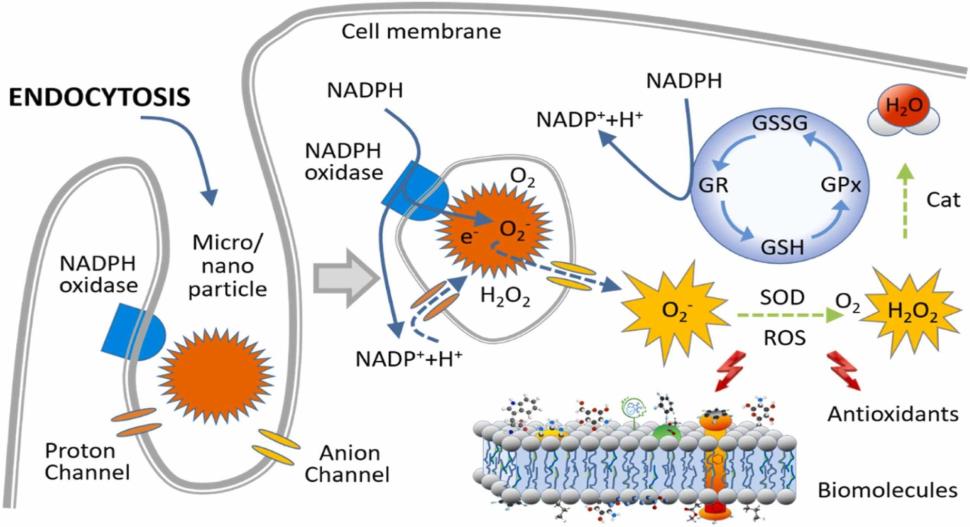The CheMatSustain project develops innovative methods for identifying and assessing the safety of chemicals, nanomaterials, and materials in the context of their impact on human health and the environment. The latest publication presents research findings conducted by an international team within this initiative, supporting the concept of Safe and Sustainable by Design (SSbD)
A new scientific paper titled “Innovative strategies for identifying and grouping chemicals, nanomaterials and materials to improve their safety of use” has been published in the Journal of Environmental Chemical Engineering. The publication presents interdisciplinary research results from the European project CheMatSustain (Horizon Europe, Grant No. 101137990).
The study was conducted under the supervision of Dr. Jelena Barbir and Prof. Bogdan Walkowiak, with contributions from researchers affiliated with Lodz University of Technology, University of Lodz, and international partners.
What is CheMatSustain?
CheMatSustain is a collaborative research initiative aiming to develop novel strategies for the identification, grouping, and risk assessment of chemicals, nanomaterials, and advanced materials (CNMs). The project integrates multiple approaches:
-
photoelectron spectroscopy and cellular omics profiling,
-
in vitro and in vivo toxicity testing,
-
in silico risk modelling (QSAR/nanoQSAR),
-
and Life Cycle Assessment (LCA).
This interdisciplinary effort supports the implementation of the Safe and Sustainable by Design (SSbD) concept, which aligns with the European strategy for safe innovation in material science.
